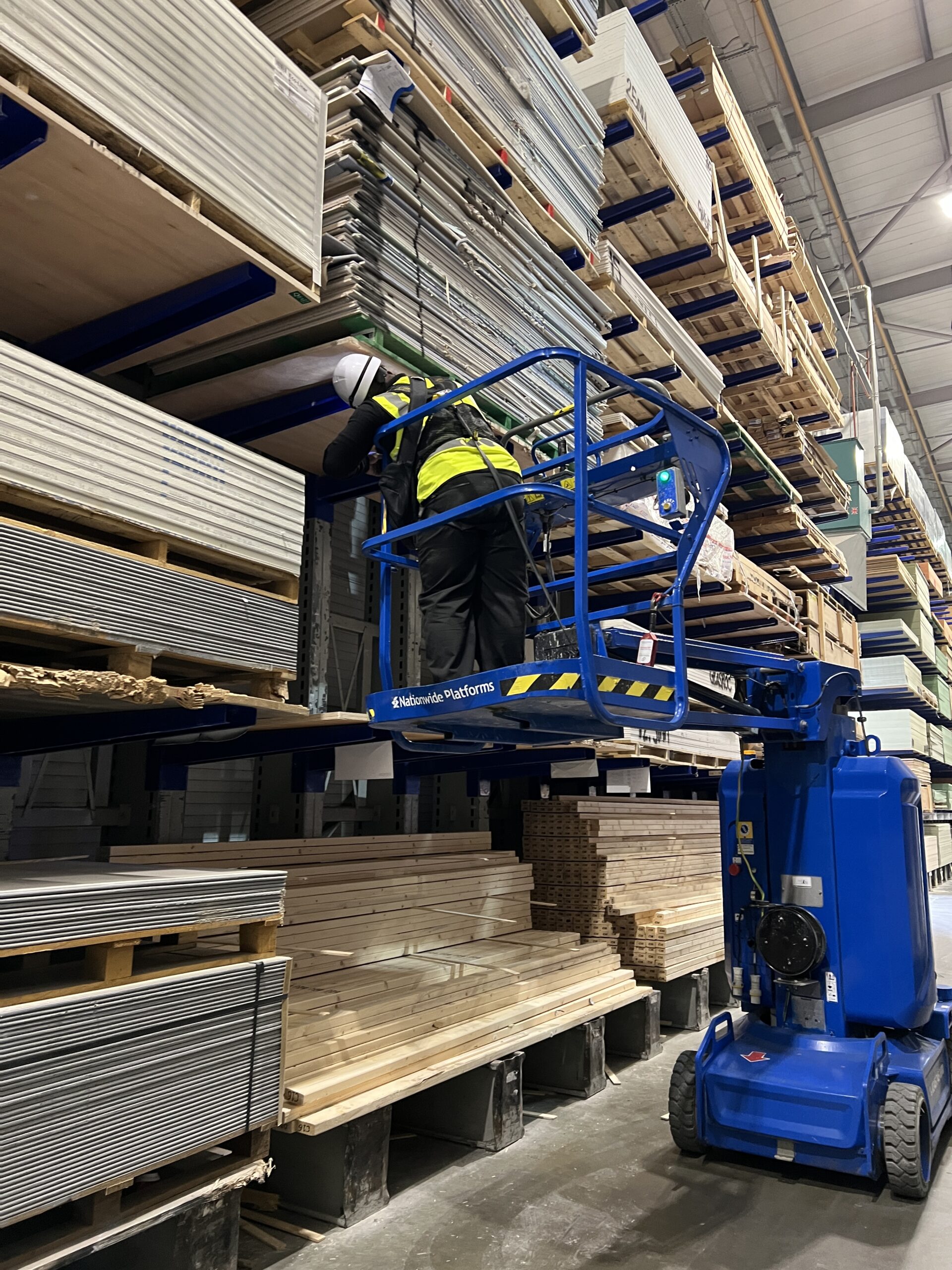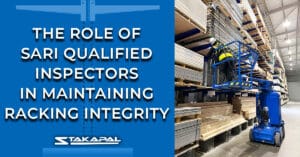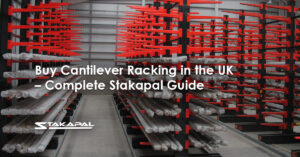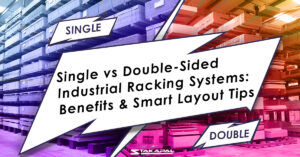When it comes to warehouse operations, safety and efficiency are paramount. Racking systems, as the backbone of storage and material handling, play a vital role in ensuring smooth operations.
However, their integrity can be compromised over time due to wear and tear, overloading, or improper usage. This is where the expertise of qualified racking inspectors becomes invaluable.
Why Racking Inspections Matter
Racking systems are often subjected to significant stresses, including the weight of stored goods, forklift impacts, and environmental factors.
If not maintained properly, even minor issues can escalate into major safety hazards, potentially leading to accidents, damaged goods, and operational downtime.
Regular inspections ensure that any signs of damage or instability are identified early, keeping the racking system safe and functional.

Who Are Qualified Racking Inspectors?
Qualified racking inspectors are professionals trained to assess the condition of racking systems and identify potential risks. They possess:
- Specialised Training: Recognised qualifications, such as SARI (Storage Equipment Manufacturers Association Registered Inspector), demonstrate their expertise in racking inspections.
- In-depth Knowledge: Inspectors are well-versed in industry standards and safety regulations, ensuring that assessments are thorough and compliant.
- Attention to Detail: Their trained eyes can spot issues that may go unnoticed by untrained personnel, such as stress fractures, bent uprights, or improper load distribution.
The Inspection Process
A professional racking inspection involves several key steps:
- Visual Examination: Inspectors conduct a detailed visual check of the racking system to identify visible signs of damage, such as dents, cracks, or rust.
- Load Assessment: They evaluate whether the racking system is being used within its specified load capacity, preventing overloading that can weaken its structure.
- Stability Check: Inspectors ensure that the racking is properly anchored and aligned, with no loose components or instability.
- Documentation: A comprehensive report is provided, detailing the findings, recommended repairs, and any urgent actions required. Our team uses the SEMA traffic light reporting system categorising what is found to be Green, Amber or Red Risk.
Benefits of Engaging Qualified Inspectors
- Enhanced Safety: Regular inspections help prevent accidents, protecting employees and stored goods.
- Compliance Assurance: Qualified inspectors ensure that your racking system adheres to industry regulations and legal requirements.
- Cost Savings: Early detection of issues minimises the risk of costly repairs or replacements.
- Peace of Mind: Knowing that your racking system is in expert hands allows you to focus on core business operations.
Partnering with Racking Experts
At Stakapal, we understand the importance of maintaining racking integrity. Our team of in-house SARI-qualified inspectors are committed to providing thorough assessments and actionable recommendations. Whether it is a routine inspection or addressing specific concerns, we are here to help you uphold the highest standards of safety and efficiency.
Racking systems are a significant investment and a critical component of your warehouse. By entrusting their inspection to qualified professionals, you not only protect your assets but also create a safer and more productive work environment. Don’t wait until small issues become big problems—schedule a racking inspection today and ensure the long-term integrity of your storage systems.




